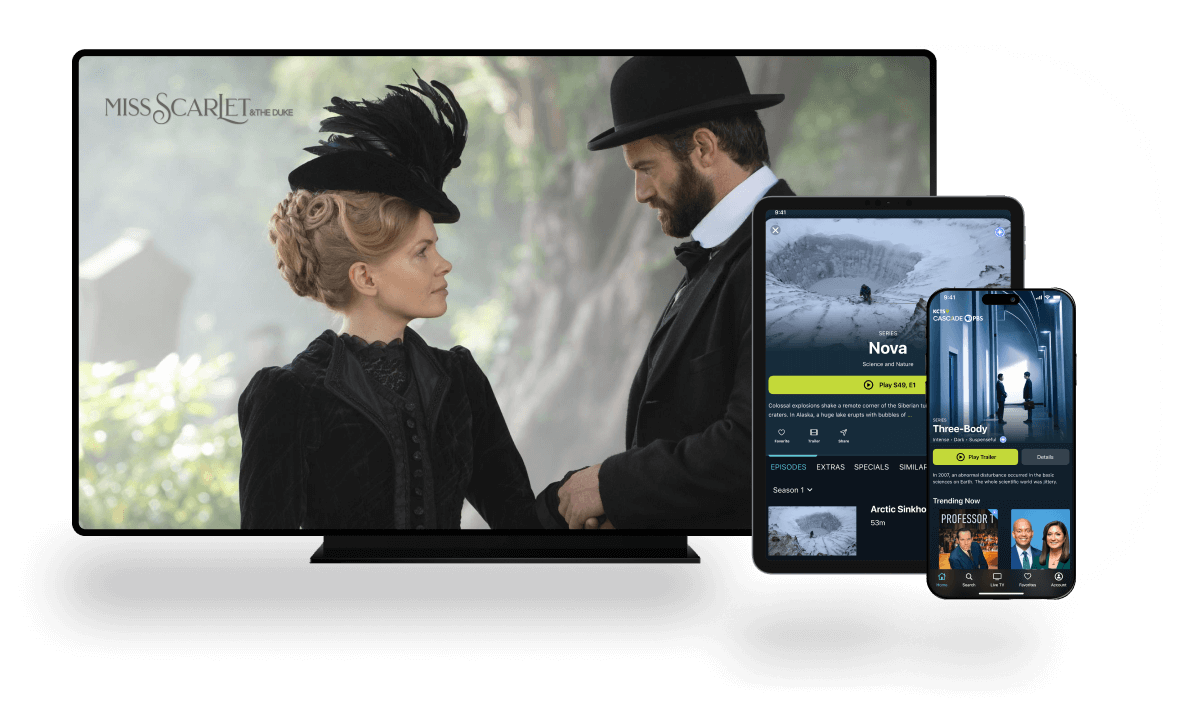
SciTech Now
Reaching greater depths with 3D printing
Show title: SciTech Now
Video title: Reaching greater depths with 3D printing
Video duration: 5m 0sVideo description: Syntactic foam is a strong and buoyant material commonly used in the manufacturing of submarines. Now, a team of researchers have developed a method of 3D printing components of syntactic foam that could take submarines to greater depths.

Google Hosts a Space Race
We give you an inside look at the Google Lunar XPrize race to space, followed by an interview with CNET Editor-At-Large Tim Stevens on the competition.
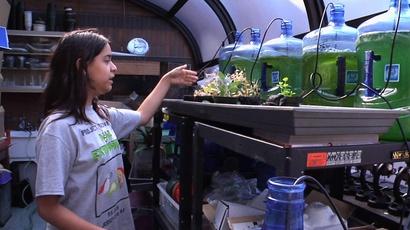
An Outside Approach to Learning
We take a look at Project Reservoir, a STEM-oriented program that brings students out of the classroom and into the water to learn science, engineering and team first hand.
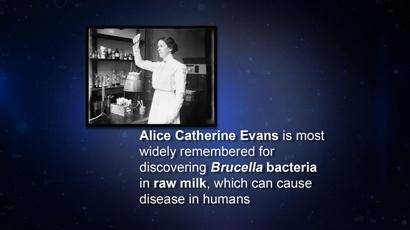
The Visionaries: Alice Catherine Evans
Alice Catherine Evans was a scientist whose findings were instrumental in the passing of pasteurization laws in the US in the 1930s.

Get Smart About Fitness
If you aren’t quite ready for a smart watch to monitor your every move, there are some buzzworthy apps in the health and fitness space. We sit down for some highlights with Brian Hecht, a serial entrepreneur for nearly 20 years.
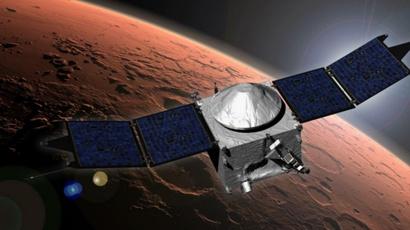
The First Human on Mars
We meet Alyssa Carson, a 13-year-old in Baton Rouge, Louisiana who is determined to fulfill her dream of being the first human on Mars.

The Visionaries: Stephen Hawking
Find out what surprising thing famed physicist Stephen Hawking did this October.

Inside the Liberty Science Center
Reporter Andrea Vasquez takes us inside one museum that is bringing science to life for students.

How "Blexting" is Helping Detroit Turn Around
To help turn the city around, Detroit is finding innovative technology solutions, such as "blexting," to save its neighborhoods from urban blight and to attract new residents.

Cracking the Code: Bits
Do you speak "computer"? Learn the difference between a "bit" and a "byte".

Einstein’s Theory of Relativity Deconstructed
Have you ever wondered how Albert Einstein came up with the Theory of Relativity or have tried to understand it? In this excerpt from the 2014 World Science Festival, physicist Brian Greene and actor Alan Alda discuss Einstein’s relationship with the theory. So put your thinking caps on and watch closely.
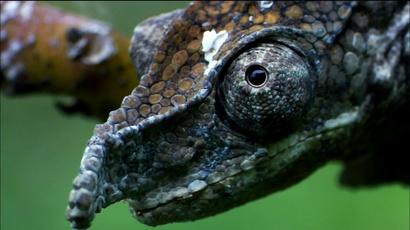
Meet the Animal Misfits of our Planet
Alongside the fastest, strongest, smartest animals are nature’s misfits — odd, bizarre and unlikely creatures. Given Darwin's Theory of Evolution, these animals seem ill equipped to survive. The PBS series, Nature, gives us a scientific look at how these creatures not only manage to cling to life, but in some cases, even thrive.

The Cutting Edge of Virtual Reality
We meet Hao Li, Assistant Professor of Computer Science at the University of Southern California, who is on the cutting edge of virtual reality.

The Visionaries: Rachel Carson
Meet biologist Rachel Carson, who is often credited with starting one of the first environmental movements in the United States through her criticism of the use of pesticides.

When Your House Can Track Every Kilowatt of Energy You Use
The 'home of the future' might save the planet and might drive you crazy at the same time. When your house can track every kilowatt of energy you use, it gets personal fast. Reporter Manoush Zomorodi takes us to the Muëller community in Austin, Texas, where nearly everyone's got an electric car and every appliance sends usage data back to central command.

How Big Data is Shaping our Lives
One of the big buzz phrases over the past couple of years has been “big data.” And to help us understand a little bit more about big data, we’re joined by Eric Colson, he is the former VP of Data, Science, and Engineering at Netflix, and he’s currently the Chief Algorithms Officer at Stitch Fix.

Pushing the Boundaries of Women in Science
There are more women than men earning bachelor’s degrees nationwide. But within the science and engineering fields, men outnumber women. Reporter Andrea Vasquez takes us to one science facility that’s trying to shrink the gap.

Robotics in the Wild
In order to teach us about the creatures that inhabit our world, filmmakers have gone to great lengths and have employed cutting edge technology to blend into the environment. But what do you do when the creature is a penguin and its environment is the Antarctic tundra? Rafael Pi Roman, host of MetroFocus recently sat down with Fred Kauffman, executive producer of the PBS series, Nature.












